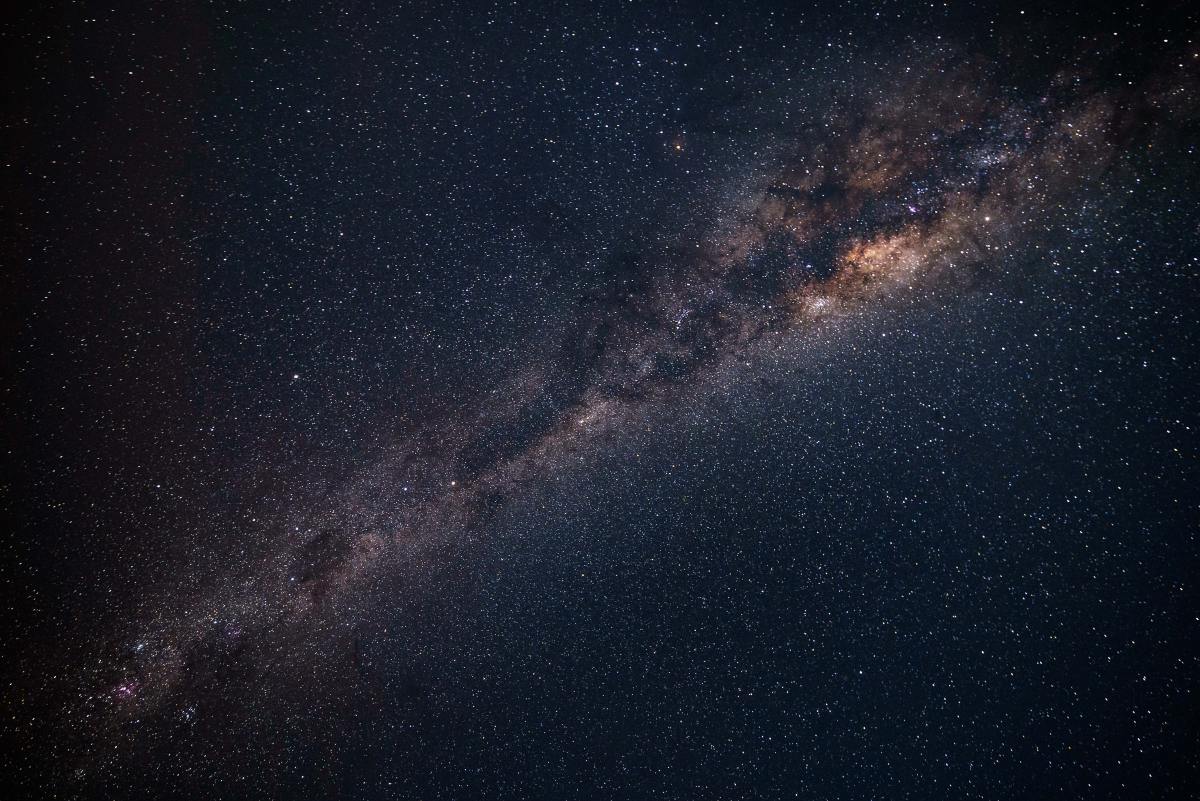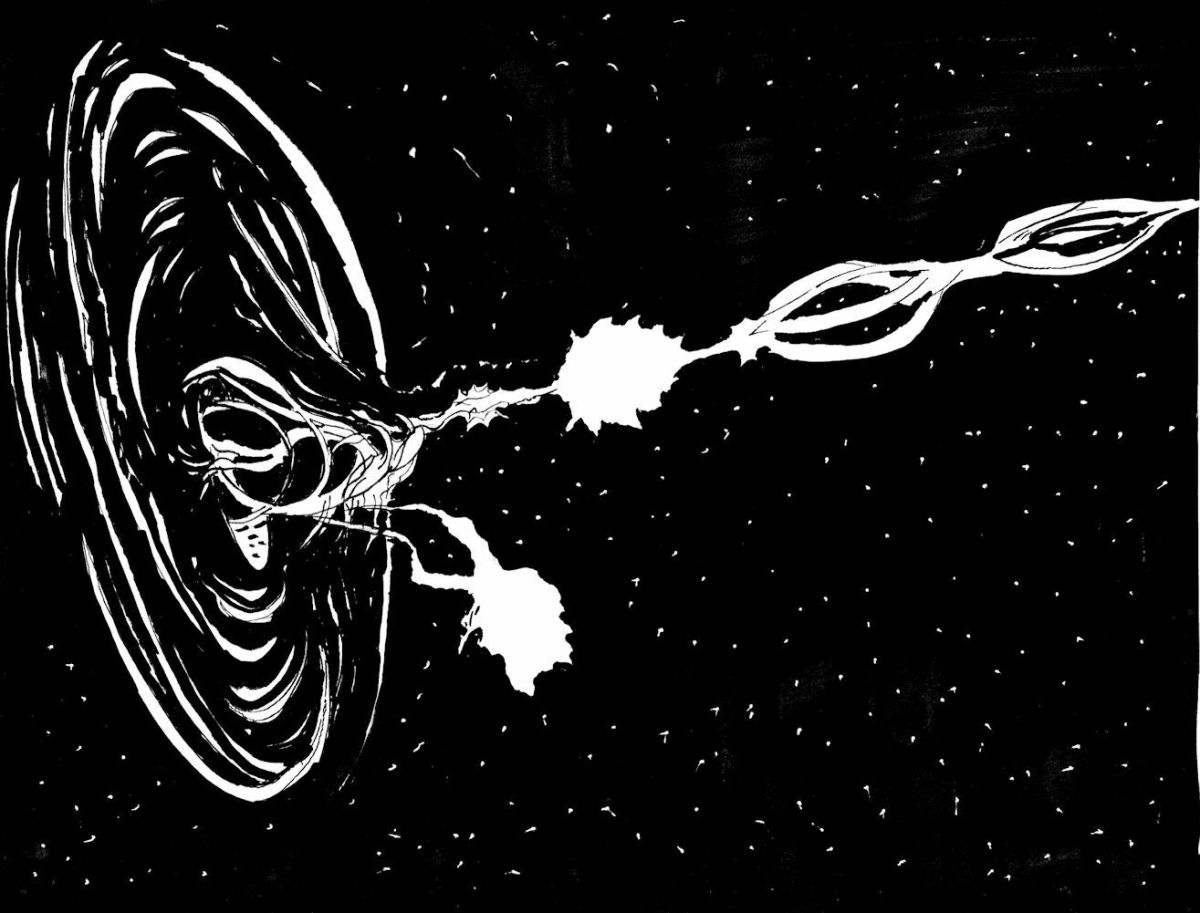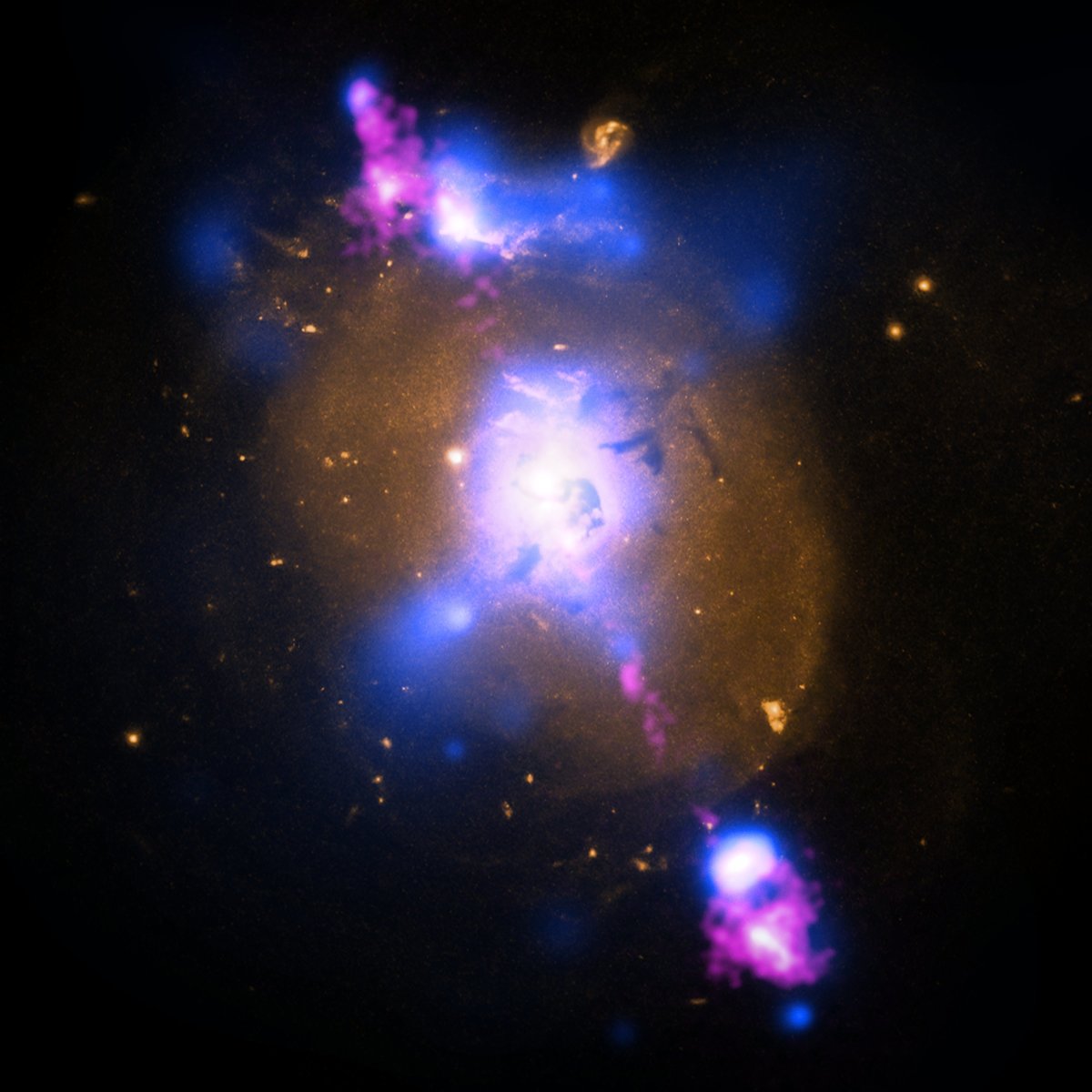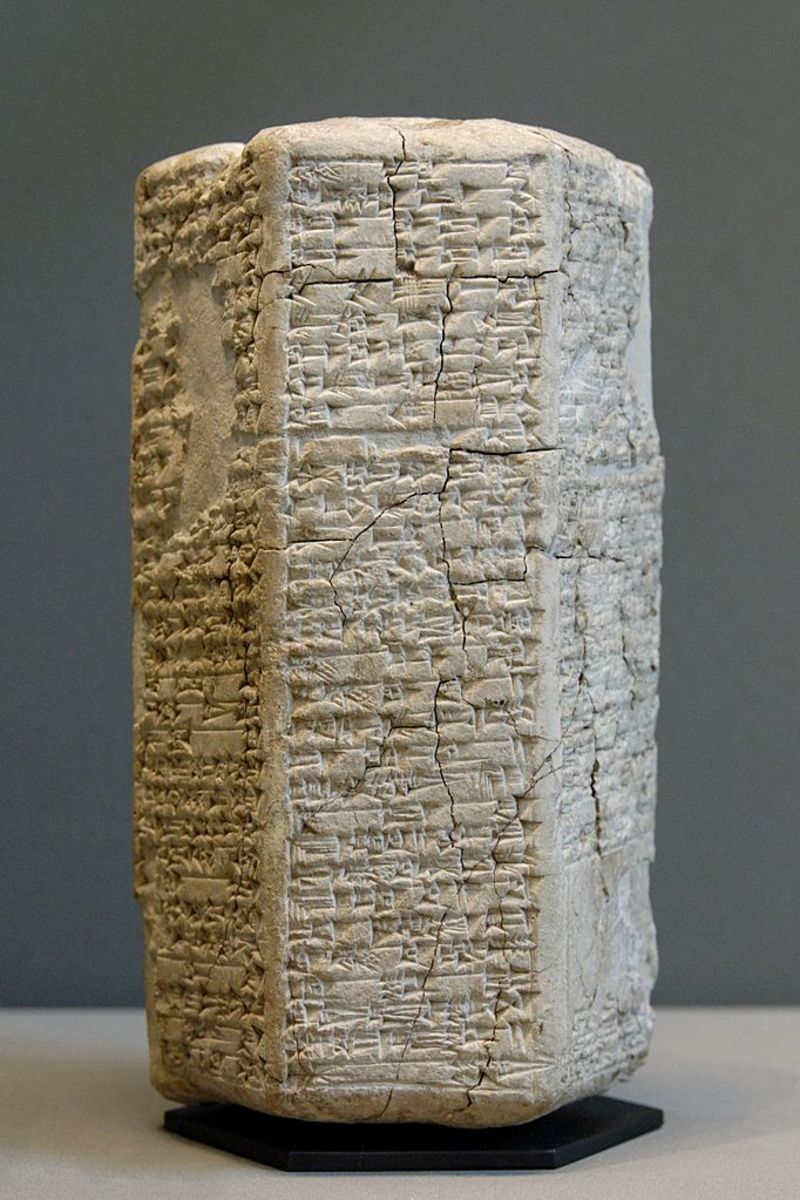The Black Hole in Galaxy M87
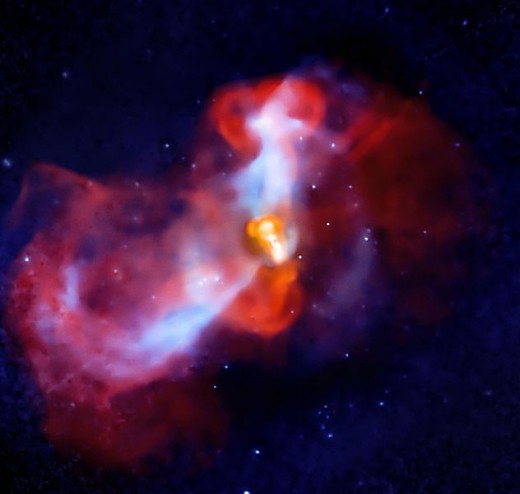
Scientists Favorite Black Hole
The supermassive black hole occupying the center of Galaxy Messier 87 while not the largest, or even the closest known black hole, it may very well be the favorite among astronomers. It's size, proximity to earth, and the events happening in and around it's host galaxy all play a role in the popularity of this behemoth. In late 2012, the black hole in Galaxy M87 made it into the news for providing scientists with a whole new breakthrough in astrophysics.
The First Event Horizon Ever Measured
You can't observe something you can't see, which makes black holes incredibly difficult to study. Even today, most of what we claim to know about black holes are simply theories backed by complex mathematical equations.
On September 27th, 2012, scientists were able to measure the event horizon of the supermassive black hole in Galaxy M87. They concluded that the event horizon itself was about the size of our solar system. They also found that the closest distance any form of matter could hold a stable orbit around the black hole was about 5 times that.
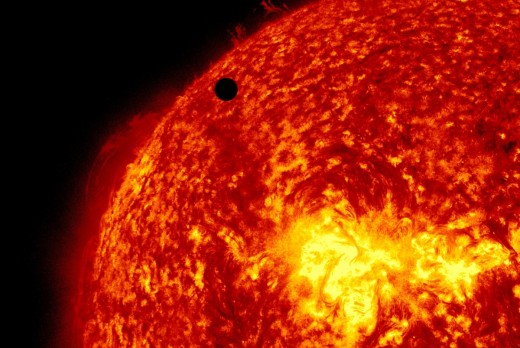
Black Hole M87 Quick Facts
French astronomer Charles Messier first recorded the existence of galaxy M87 in 1781. Messier was only interested in studying comets, however. His "guidebook" which included M87 was a list of objects that he felt could be mistaken for comets.
There are two jets of superheated material that can be observed jetting out from the black hole in galaxy M87. These jets of material travel for about 6,000 light years at 99% the speed of light before beginning to slow down and disperse. It is safe to assume that these jets of material are the reason Charles Messier felt that the galaxy could be mistaken as a comet.
These jets eventually disperse into two large bubbles. Like 200,000 light years across large. The Milky Way galaxy is estimated to be about 100,000 to 120,000 light years in diameter, making these bubbles almost twice the size of our entire galaxy.
In addition to having a frighteningly large radius, the mass behind the black hole in m87 and it's enormous size is equally as frightening. We all know that our own sun is a massive object. If you don't think you realize just how large it is, try watching the Transit of Venus. Current measurements put black hole M87's mass at about 6.6 billion times the mass of our own sun.
Now we can try and put this into perspective. In ideal conditions, it is estimated that a person can see less than 2,000 stars in the sky with the naked eye. Let's imagine that every one of those stars are the same size/mass as our own sun. (This is not even close to fact, but it's for the sake of example) It would take 3.3 million times more than that just to match the mass of the black hole in galaxy M87.

